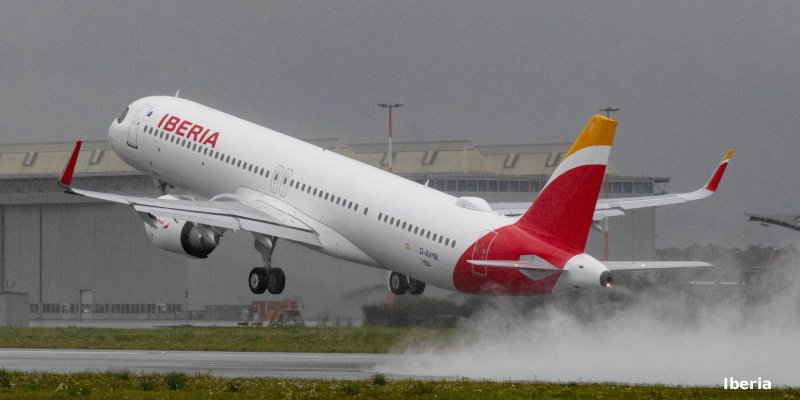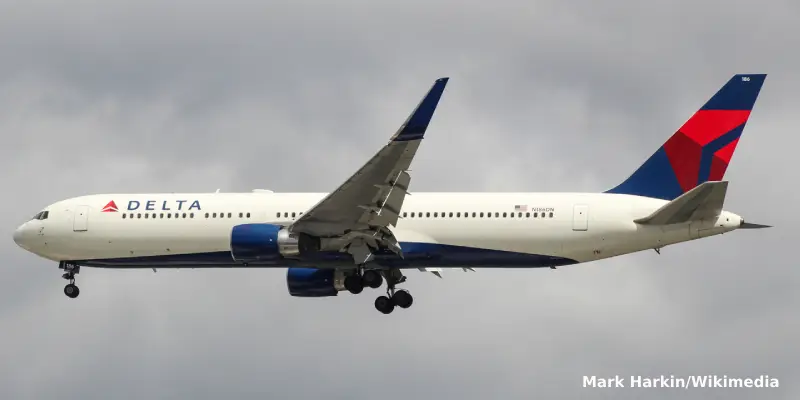Civil aviation in Argentina continues to advance towards a more dynamic, safe, and efficient system with the recent publication of Resolution No. 46/2024 by the National Civil Aviation Administration (ANAC). This effort to modernize the Argentine Civil Aviation Regulations (RAAC) aligns with international standards and aims to meet the demands of a constantly evolving sector.
Key Changes Introduced by Resolution No. 46/2024
1. Reduction in Cabin Crew Requirements
One of the most notable measures is the reduction in the minimum number of cabin crew required for regular flights. This adjustment will allow airlines to incorporate more sophisticated aircraft and encourage the entry of new companies into the market.
2. Flexibility for Non-Regular Operators
Non-scheduled airlines are now authorized to employ cabin crew on aircraft with fewer than 19 seats. This decision ensures the implementation of high safety standards regardless of the size of the aircraft.
→ Aerolineas Argentinas cuts staff, routes, passenger perks ahead of possible sale
3. Requirements for Overwater Flights
Specific measures have been adopted for long overwater flights to enhance safety on routes to international destinations, including Caribbean countries. This aims to increase the availability of flights and improve Argentina’s connectivity with the rest of the world.
4. Flight Information Management System
The new regulation moves towards the implementation of a “Flight and Flow Information for Cooperative Environment” system. This program, based on data analysis, promises safer operations and a more dynamic management of air traffic.
5. Upgrade of the Traffic Collision Avoidance System
Operators are now required to progressively update to the latest version of the Traffic Collision Avoidance System (TCAS). This measure will ensure greater safety by mitigating risks associated with compatibility issues between outdated versions.
6. Simplification of Operator Certification
For non-regular operators, a simplified calculation scheme for demonstration flight hours has been introduced. This model considers factors such as the weight and complexity of operations, reducing bureaucracy without compromising safety.
Impact of the Reforms on National Aviation
These changes aim to strengthen operational safety and foster a more accessible and competitive environment. They also support the growth of the aviation sector by facilitating the adoption of new technologies and more efficient processes.
The modernization of regulations benefits not only airlines but also passengers, who will enjoy safer flights and enhanced connectivity. These reforms reaffirm ANAC’s commitment to an aviation system aligned with global best practices.
Related Topics
U.S. Controls a Record 3.13 Million Airline Passengers on Sunday
Iberia to Strengthen its Presence in the New York Area with a New Daily Flight to Newark
Spirit Airlines Launches Direct Flights Between Fort Lauderdale and Belize
Delta Prepares Its Largest Transatlantic Flight Schedule for Summer 2026

Plataforma Informativa de Aviación Comercial con 13 años de trayectoria.




